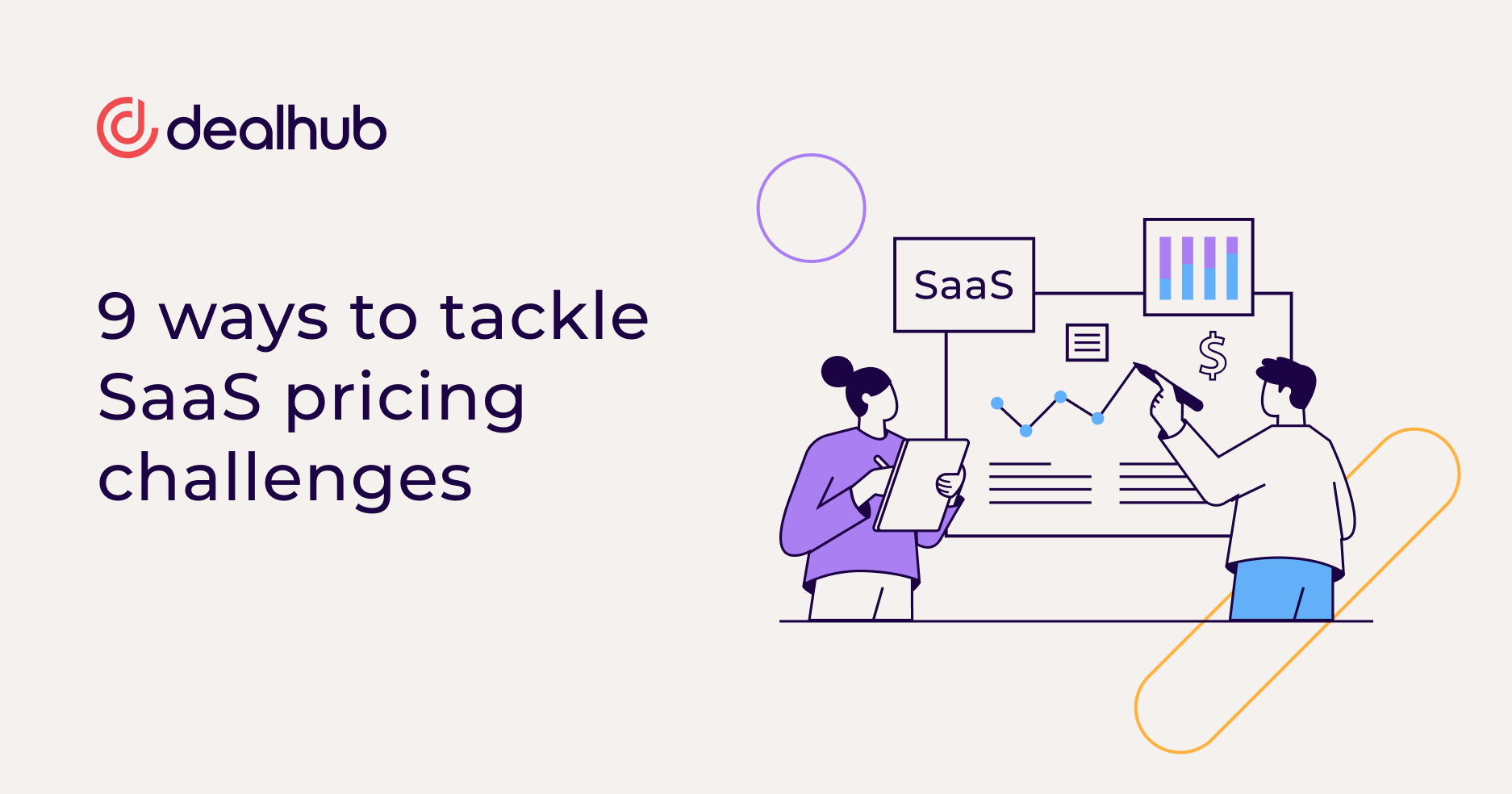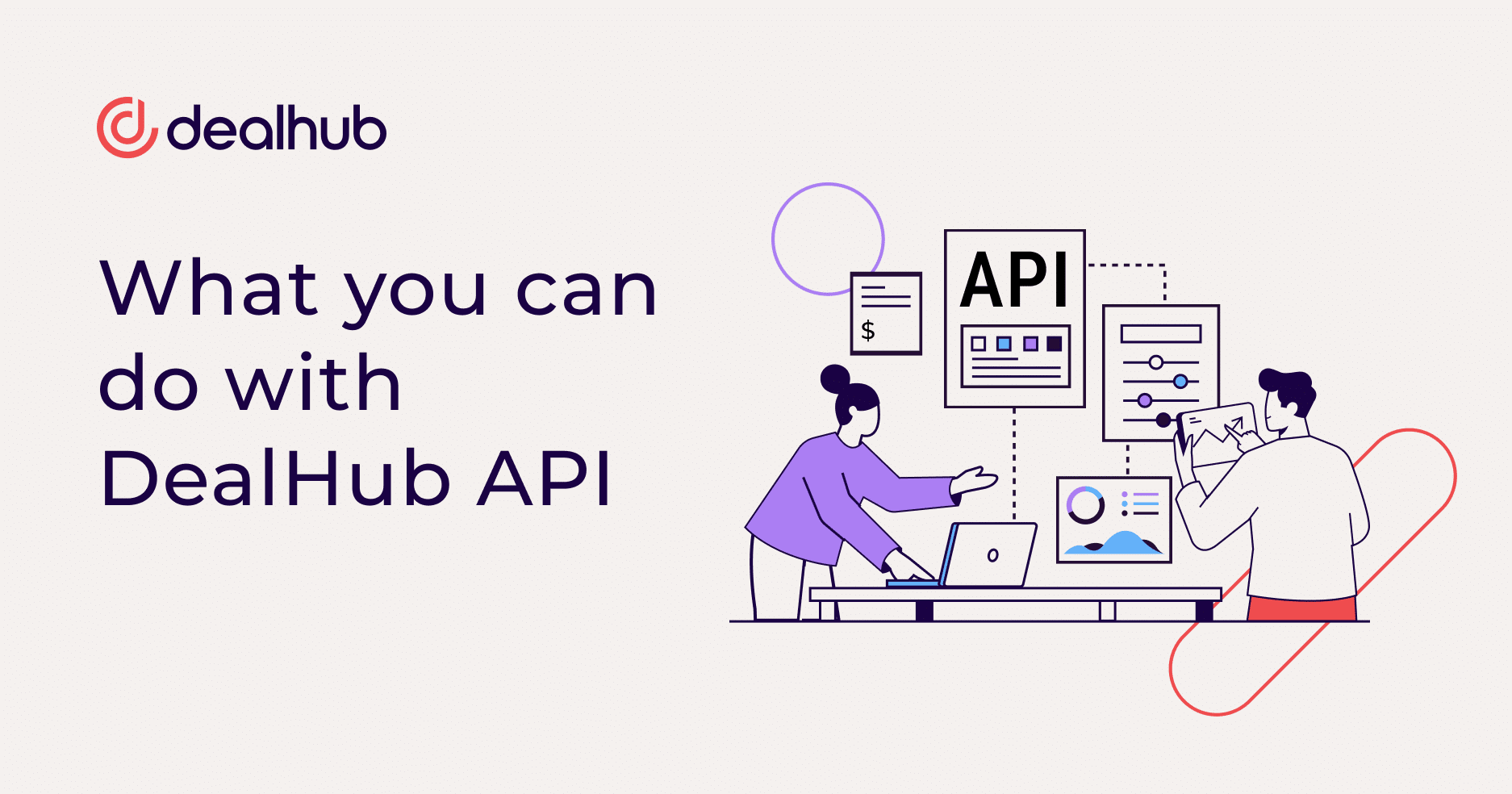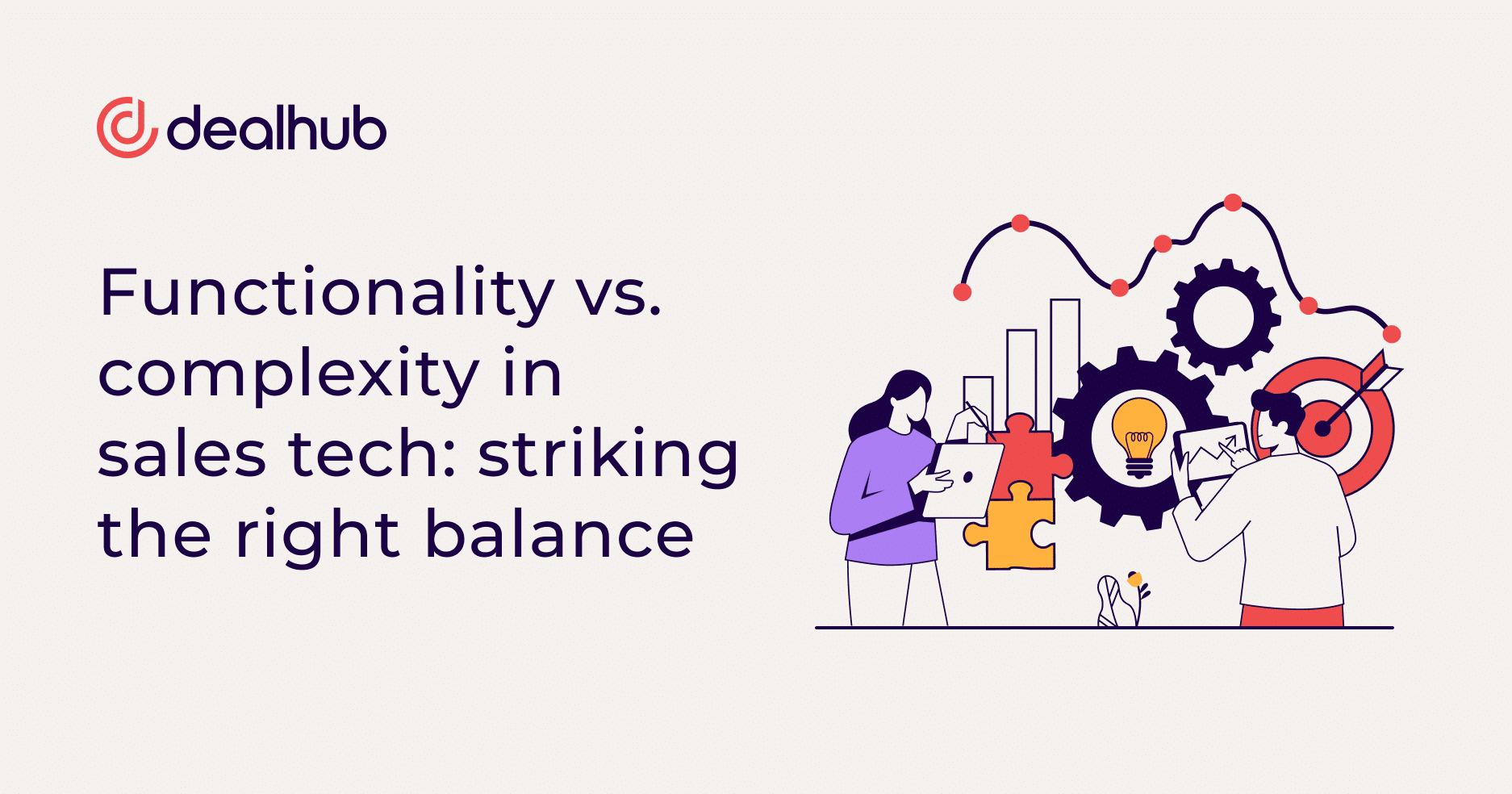However, striking the right chord with customers while ensuring profitability is challenging. Complexities in pricing exist but there are approaches you can adopt to balance value and profit. If you’re a sales leader looking for a way to solve for how to price strategically, read on to explore nine strategies you can employ today to master the art of effective SaaS pricing going forward.
The complexities of SaaS pricing models
The first crucial step in finding the most efficient methods to generate revenue from your product or service is to comprehend factors that could intensify pricing intricacy. When contemplating the pricing of your solution, keep these in mind:
Subscription value-based vs. usage-based models
Choosing between subscription value-based and usage-based models is difficult, as both methods have pros and cons that must be weighed against the company’s long-term goals:
Subscription value-based model:
Pros:
- Predictable revenue: Businesses can forecast with greater accuracy since customers commit to paying a fixed amount regularly.
- Stable cash flow: Subscription fees provide a steady cash flow, which is beneficial for budgeting, planning, and sustaining day-to-day operations.
- Customer loyalty: Subscribers often remain committed to the service, increasing customer loyalty and offering a higher lifetime value.
- Simplicity in billing: Subscription models have straightforward billing processes that simplify administrative tasks for the business.
Cons:
- Risk of overpaying: Customers might feel they are overpaying if they don’t fully utilize the service.
- Limited flexibility: Subscription models can lack flexibility for customers with varying usage patterns.
- Initial hesitation: Potential customers may hesitate to commit to a recurring subscription if they are unsure about the long-term value.
- Market saturation: In competitive markets, subscription-based models can struggle to differentiate, with many services adopting similar pricing structures.
Usage-based model:
Pros:
- Cost efficiency: Customers pay for their use, aligning the pricing with actual consumption.
- Appeals to sporadic users: Customers with variable usage patterns prefer a pay-per-use approach to billing.
- Scalability: This model scales easily, and the flexibility accommodates various business sizes.
- Perceived fairness: Customers like paying only for what they consume, enhancing the perceived value of the service.
Cons:
- Revenue uncertainty: With revenue less predictable, financial planning and forecasting is challenging.
- Customer overhead: Constant usage monitoring can be administratively intensive, increasing operational complexity.
- Customer inertia: Customers may stick to a minimum usage due to the fear of higher costs, which limits the service’s upsell opportunities.
- Customer loyalty challenges: Building long-term loyalty can be tricky since customers can easily switch to competitors based on pricing or usage changes.
Ultimately, the decision between a subscription value-based and a usage-based model depends on the nature of the SaaS product, target audience, and business goals. Of course, some businesses may opt for a hybrid model to accommodate a broader range of customers and usage patterns.
Customer segmentation
Customer segmentation is a crucial aspect of setting a pricing strategy, as it involves categorizing customers based on various characteristics to tailor pricing plans effectively. However, several challenges make customer segmentation a complex task when it comes to pricing strategy:
Segmenting customers effectively: When segmenting, you may run into issues where customers within a segment may still have diverse needs, or their needs may overlap heavily with another segment. Conversely, overemphasizing segmentation may lead to neglecting a broader market.
Competitive pricing pressures: Fierce competition may force businesses to adjust prices frequently. However, pricing changes may disrupt existing segmentation strategies, requiring constant reassessment to stay competitive without sacrificing profitability.
Changing customer behavior: Customer behaviors and preferences can change over time. Pricing strategies based on outdated segmentation data may become less effective, requiring constant monitoring and adjustment.
Data accuracy and availability: Incomplete or inaccurate data may result in misaligned pricing strategies, affecting customer satisfaction and revenue.
Technology and resource constraints: An inability to leverage advanced analytics and automation can slow the segmentation process and lead to less precise pricing strategies.
Customization and flexibility
Customers love options, but too much complexity can be a turn-off. When pricing, it’s important to offer flexibility while reducing complexity to give customers clear options without causing decision-making paralysis.
Scalability in pricing
Pricing models must grow with companies, offering them the freedom to upgrade or downgrade as business needs evolve. Scalability in pricing empowers organizations to deliver value to a diverse set of customers – from startups to multinationals. It’s also essential for sustaining long-term success, maximizing profits, and remaining competitive.
Global expansion
When expanding into new regions, companies must consider diverse local markets, currencies, customer preferences, and regulations. Having a global pricing strategy that navigates these complexities is integral to entering new markets successfully. A strategy must include harmonizing pricing structures (for consistency) while remaining flexible enough to meet local needs. Global expansion also requires ongoing market research so that pricing models remain responsive in the face of changing economic conditions and local customer requirements.
9 ways to tackle SaaS pricing challenges

If you’ve struggled to master the complexity of pricing, you’re not alone. 85% of respondents in a McKinsey survey noted they had plans to drive value through pricing yet lacked the infrastructure to maintain long-term benefits.
Navigating the complexities of SaaS pricing can be a challenging task, but there are several strategies to help businesses tackle these challenges effectively.
1. Customer segmentation
Divide your customer base into segments based on their needs, usage, or size. Tailor pricing plans to each segment to ensure they get value without overpaying.
2. Value-based pricing
Shift the focus from development costs to the value your software provides. When marketing your product, clearly communicate the benefits, unique features, and inherent value that justify your pricing. Customers should see the direct correlation between what they pay and the value they receive.
3. Competitive analysis
Regularly analyze your closest competition’s pricing strategies and use them as a benchmark. That doesn’t mean you have to undercut their prices to get ahead. Instead, stand out by emphasizing unique features or offering additional value that justifies premium pricing.
4. Freemium and trial optimization
Freemium and trial versions create an invaluable first impression. Optimize the experience to convert users into paying customers. Then, leverage analytics to understand user behavior during trials to determine which part of your product or service resonates with clients. Once you know which areas are gaining the most traction, refine your pricing model for maximum conversion.
5. Simplify pricing models
Less is more. Keep your pricing models simple and transparent. Offer a few well-defined plans catering to different customer segments. The easier it is for customers to understand, the quicker they’ll choose.
6. Scalable pricing
Your pricing needs to be ready to adjust to evolving user requirements. Design plans that scale with customer usage and business growth. Provide flexibility for customers to upgrade or downgrade based on their evolving needs for less churn and longer customer lifecycles.
7. Global pricing strategies
Think global – but price locally. Consider regional adjustments based on purchasing power and economic conditions to maintain appeal across various regions. If you can tailor pricing plans to meet the specific needs of a diverse global audience, you’ll be opening yourself to new markets and opportunities.
8. Adaptability
To stay on top, you must remain agile and adapt your pricing based on market dynamics, customer feedback, and the competitive landscape. Be aware of market changes and shifts in customer sentiment by watching the market and being ready to adjust your focus.
9. Data-driven pricing adjustments
Data-driven pricing adjustments leverage analytics to make informed pricing decisions that align with business objectives, improve competitiveness, and enhance overall profitability. Use your technology stack, including your CRM, CPQ, and billing solutions, to reveal trends for intelligent, timely pricing adjustments.
Tools and technologies for SaaS pricing optimization
Leveraging technology can be instrumental in mastering the art of intelligent pricing. By harnessing a range of tools, including ones that may already be at your fingertips, you can streamline and simplify the pricing process, ensuring that decisions are grounded in data rather than reliant on unreliable guesswork.
Data analytics and business intelligence
Data provides invaluable insights into customer behavior and market insights to refine your pricing strategy. While analytics delve deep into data sets to extract insights, business intelligence focuses on presenting those insights in an accessible manner to support informed decision-making across the organization. Together, they’re a powerful tool to give teams a competitive edge in today’s data-driven business landscape.
Pricing software and automation
Pricing software, such as CPQ and billing automation tools, can reveal even more data points to clarify buying trends or reveal customer segments. They also do double duty by streamlining your pricing and billing process. Leveraging these tools enhances efficiency, reduces errors, and allows for quick adaptation to market changes.
Customer feedback and surveys
Your customers hold the key to powerful pricing insights. So, instead of guessing what they want, ask them directly! Collect feedback through surveys to understand their satisfaction levels, preferences, and areas for improvement. This is one of the most effective ways to know where customers see value. Use these insights to pinpoint price points to lure in a more extensive customer base and increase revenue opportunities.
A customer-first approach
At the end of the day, the most effective SaaS pricing puts your customers at the center of the process. Always keep them top of mind. Remember to consider their needs and expectations and, when possible, solicit their feedback. Then, adapt your pricing strategy accordingly!
The most effective sales leaders turn pricing challenges into opportunities. Be strategic, be adaptive, and most importantly, be customer-focused. Use all the tools at your disposal to build a strategy that highlights your strengths while being agile enough to adjust to market changes as they arise.








